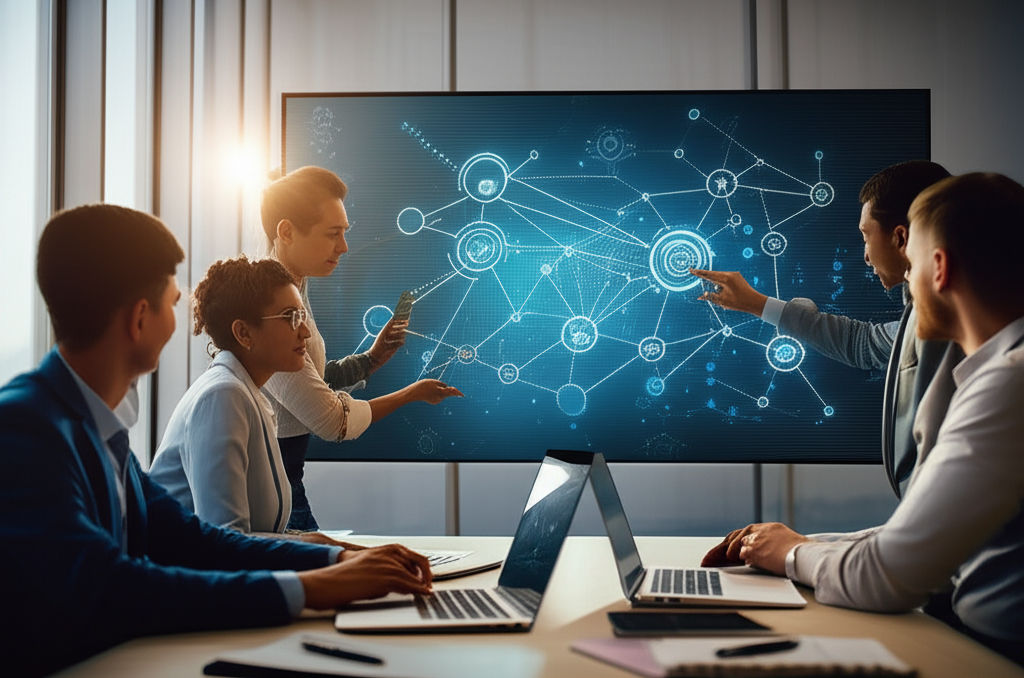Industrial Policy's Modern Comeback?
Emily Willis
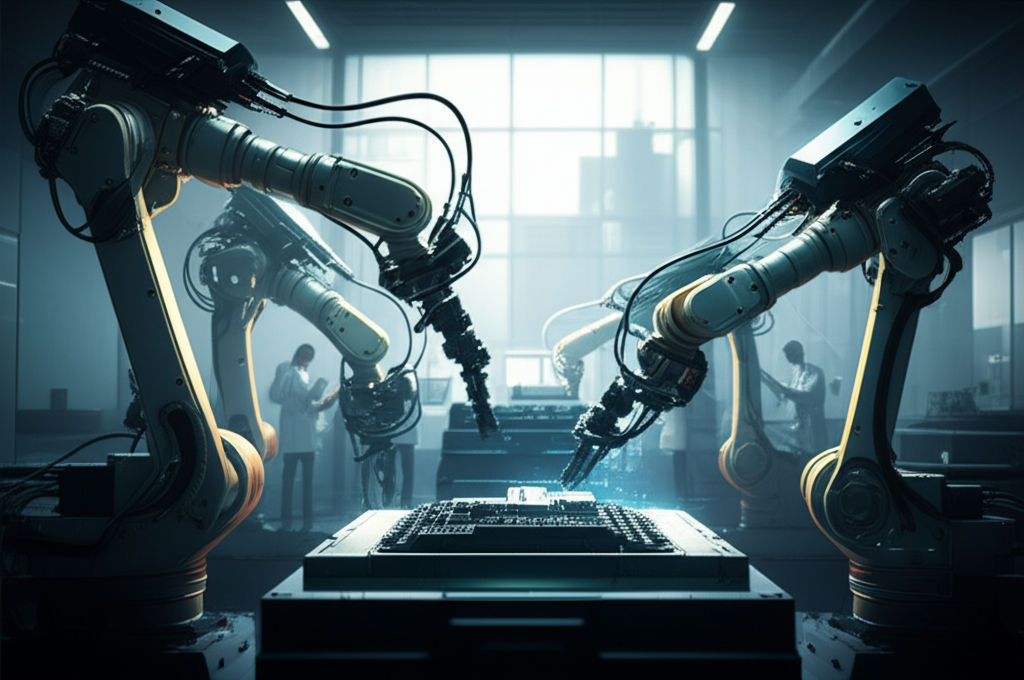
Photo: Industrial Policy's Modern Comeback?
Industrial Policy's Modern Comeback: Why Governments Are Stepping Back into the Economic Ring
For decades, the concept of "industrial policy" often carried a negative connotation in many Western economies, frequently dismissed as an outdated, inefficient relic of a bygone era. The prevailing wisdom championed free markets and minimal government intervention. Yet, as the global landscape shifts dramatically, a remarkable phenomenon is unfolding: industrial policy is making a powerful and undeniable comeback. Governments worldwide are once again actively seeking to steer their economies, support strategic sectors, and build resilience in an increasingly unpredictable world. But what exactly is driving this resurgence, and what does this "new" industrial policy look like? This article delves into the reasons behind this modern revival, its potential benefits, and the significant challenges that lie ahead.
What is Industrial Policy? A Simple Definition
At its core, industrial policy refers to targeted measures taken by governments to support specific industries or sectors to boost national economic development, competitiveness, or achieve other strategic objectives. Historically, this has often involved direct subsidies, tariffs, tax incentives, and public procurement to encourage growth in areas deemed vital for a nation's future. It's distinct from broader macroeconomic policies and focuses on changing the sectoral composition of production.
A Look Back: The Rise and Fall of Traditional Industrial Policy
The roots of industrial policy stretch back centuries, with early examples in the U.S. championed by Alexander Hamilton in the late 18th century, who advocated for protecting nascent industries through import duties. After World War II, industrial policy enjoyed a heyday. Countries like Japan and South Korea famously used interventionist strategies to rebuild and rapidly industrialize, selectively promoting manufacturing and facilitating technology transfer. Many European countries also focused on strategic industries like coal, steel, electricity, and railways during their post-war reconstruction.
However, by the 1980s, a new economic philosophy, often termed neoliberalism or the "Washington Consensus," gained prominence. This ideology emphasized privatization, deregulation, free trade, and limited government spending. Industrial policy fell out of favor, largely due to concerns about:
- Inefficiency and "Picking Winners": Critics argued that governments were ill-equipped to identify promising industries and often ended up propping up inefficient or declining sectors, leading to wasted public funds and misallocation of resources.
- Market Distortion: It was believed that intervention distorted market signals, hindering genuine competition and innovation.
- Trade Conflicts: Industrial policies, particularly those involving protectionist measures, could spark retaliatory actions from other countries, damaging the multilateral trading system.
While some developing countries continued to employ industrial policies, most advanced economies largely abandoned them in favor of market-driven approaches.
The World Has Changed: Catalysts for a Modern Resurgence
Despite its past critiques, industrial policy is now undeniably back on the global agenda. The reasons for this modern comeback are multifaceted, stemming from a series of profound global shifts and crises that have exposed vulnerabilities in the prevailing economic model.
- Global Supply Chain Vulnerabilities: The COVID-19 pandemic starkly revealed the fragility of highly optimized, global supply chains. Shortages of essential goods, from medical supplies to semiconductors, highlighted an over-reliance on a few production hubs. This spurred a desire for greater domestic production capacity and supply chain resilience in critical sectors.
- Geopolitical Competition and National Security: Rising geopolitical tensions, particularly between major global powers, have made national security a paramount concern. Countries are increasingly realizing that control over strategic industries, such as advanced semiconductors, critical minerals, and defense technologies, is vital for their sovereignty and security. This competition is a significant driver of renewed industrial policy efforts.
- Climate Change and the Green Transition: The urgency of addressing climate change has become a powerful catalyst for industrial policy. Governments recognize that achieving ambitious decarbonization goals requires massive investment in green technologies, renewable energy, electric vehicles, and sustainable infrastructure. Markets alone may not be sufficient to drive the necessary scale and speed of this transition, leading to targeted government support to accelerate innovation and deployment in these sectors.
- Inequality and Regional Disparities: Many countries face persistent issues of regional inequality and a decline in manufacturing jobs. Modern industrial policy is sometimes seen as a tool to revitalize struggling regions, create high-quality jobs, and ensure that economic growth benefits a broader segment of the population.
- Technological Race: The race for leadership in emerging technologies like Artificial Intelligence (AI), quantum computing, and biotechnology is intensifying. Governments are keen to foster domestic champions and ensure their nations are at the forefront of these transformative fields, often through significant R&D funding and strategic investments.
What Does Modern Industrial Policy Look Like?
The industrial policy of today is not simply a carbon copy of its 20th-century predecessors. It's often more nuanced, sophisticated, and aims to address complex challenges while minimizing past pitfalls.
- Beyond "Picking Winners": While some modern industrial policies still target specific strategic sectors, there's a growing emphasis on "mission-oriented" approaches that focus on building entire innovation ecosystems rather than just individual firms. This involves supporting research and development, fostering collaboration between academia and industry, and investing in shared infrastructure.
- Strategic Sectors: Key sectors attracting significant attention include:
- Semiconductors: Given their foundational role in almost all modern technology, governments are heavily investing in domestic chip manufacturing to enhance supply chain security and technological sovereignty.
- Clean Energy Technologies: This includes solar panels, wind turbines, electric vehicle batteries, and hydrogen production, all crucial for the green transition.
- Biotechnology and Pharmaceuticals: Lessons from the pandemic have highlighted the importance of domestic capacity in these areas.
- Tools and Mechanisms: Modern industrial policy employs a diverse toolkit:
- Subsidies and Tax Incentives: Direct financial support and tax breaks remain common to incentivize domestic production and investment.
- R&D Funding: Government investment in basic and applied research is crucial for fostering innovation.
- Public Procurement: Governments use their purchasing power to create demand for domestically produced goods and services, particularly in new and green technologies.
- Education and Workforce Training: Investing in skills development is essential to support advanced manufacturing and high-tech industries.
- Trade Policy: While advocating for free trade, some governments are also using targeted trade measures to protect nascent industries or secure critical supply chains.
- Public-Private Partnerships: There's a recognition that successful industrial policy requires close collaboration between governments, private businesses, and research institutions.
Case Studies in Action: Global Examples
The modern comeback of industrial policy is evident across major economies:
- United States: The U.S. has notably re-embraced industrial policy through landmark legislation. The CHIPS and Science Act (2022) allocates billions to boost domestic semiconductor research and manufacturing, aiming to reduce reliance on foreign supply chains. The Inflation Reduction Act (IRA) (2022), while broader, includes significant tax incentives and subsidies for clean energy technologies, electric vehicles, and domestic manufacturing, marking one of the largest investments in American energy security and climate history.
- European Union: In response to global competition and the need for green transition, the EU launched its Green Deal Industrial Plan (2023). This plan aims to enhance Europe's competitiveness in net-zero industries, simplify regulations, provide faster access to funding, and improve skills. The European Chips Act is a key component, seeking to reinforce the EU's semiconductor ecosystem and reduce external dependencies.
- China: China has long pursued an active industrial policy, notably with its "Made in China 2025" strategy, which aims to transform its manufacturing sector and achieve technology leadership in key sectors. This approach has significantly influenced the resurgence of industrial policy in other nations, driven by a desire to compete.
- Japan: Following supply chain disruptions, Japan is also strengthening supply chain resilience by supporting new plants and facilities for critical products like semiconductors and EV components.
Potential Benefits of a Renewed Industrial Policy
When designed and implemented effectively, modern industrial policy offers several compelling potential benefits:
- Enhanced Supply Chain Resilience: By fostering domestic production of critical goods, countries can reduce their vulnerability to global shocks and geopolitical disruptions.
- Job Creation and Economic Growth: Strategic investments can stimulate new industries, create high-skill jobs, and drive overall economic growth.
- Accelerated Innovation and Technological Leadership: Government support for R&D and emerging technologies can accelerate breakthroughs and position a nation at the forefront of global innovation.
- Addressing Climate Change Goals: Industrial policy can be a powerful tool to de-risk investments in green technologies, scale up clean energy infrastructure, and meet ambitious climate targets.
- Strengthened National Security: Ensuring domestic capacity in militarily and strategically important sectors can bolster national security.
Challenges and Risks: Navigating the Pitfalls
Despite the renewed enthusiasm, the modern comeback of industrial policy is not without its challenges and risks. Policymakers must learn from past mistakes to avoid negative outcomes.
- Risk of Protectionism and Trade Wars: Aggressive industrial policies that heavily
Latest ✨
View Allimportance of building confidence in children to help them succeed in their learning journey. It discusses the benefits of confidence, common challenges that can hinder it, and practical strategies to nurture it.
Emily Willis
Explore blockchain's true power beyond crypto. See how enterprise applications transform business operations, boosting efficiency, trust & transparency.
Emily Willis
Global citizenship: The core future education for shared humanity & interconnectedness. Build a just, peaceful, and sustainable world.
Emily Willis
Prepare for the unknown. The world is changing fast; traditional education isn't enough. Discover essential skills to adapt, innovate, and thrive.
Emily Willis
Business
View All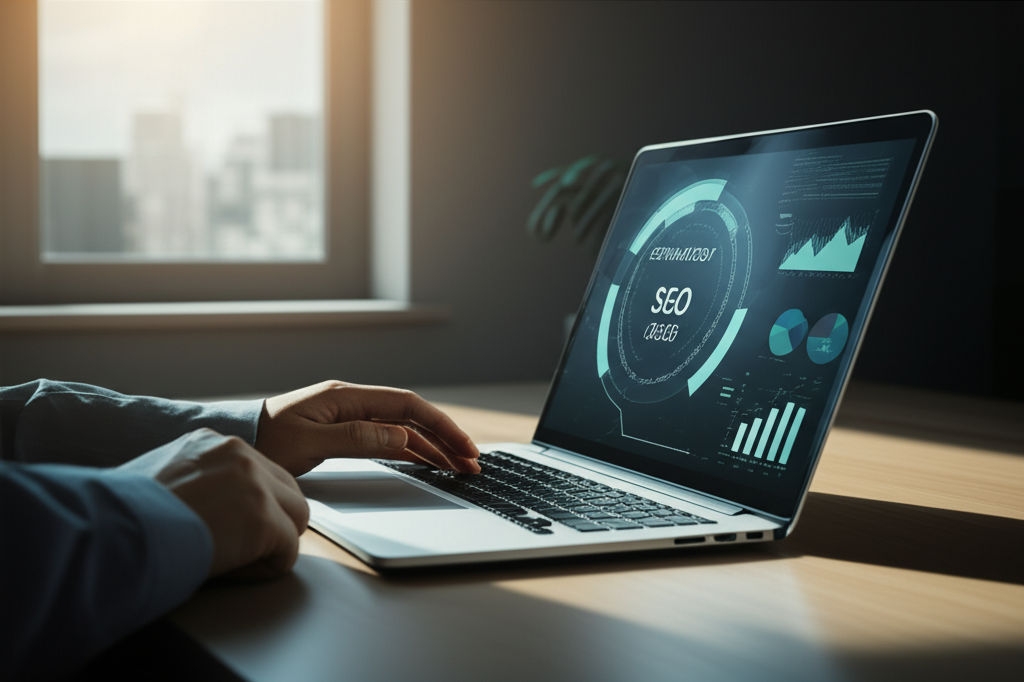
June 8, 2025
SEO Strategy to Rank Higher (2025)Master SEO in 2025! Discover essential strategies for user experience, AI, and E-A-T to rank higher and capture organic traffic.
Emily Willis

August 5, 2024
Tips for Utilizing Social Media to Increase Brand Awareness of Your Businessutilizing social media for businesses to expand their reach and build brand awareness. It emphasizes understanding the target audience, choosing the right platforms, creating engaging content, building a strong brand identity, and engaging with the audience. Specific strategies for maximizing social media presence on platforms like Facebook, Twitter, Instagram, LinkedIn, Pinterest, and TikTok are also provided. Additional tips include prioritizing user experience, building a strong brand reputation, utilizing video marketing for SEO, monitoring and responding to negative SEO attacks, and staying patient and consistent in social media marketing efforts.
Emily Willis

August 4, 2024
Tips to Increase Work Productivity in BusinessIncreasing work productivity in business is achievable with the right strategies and mindset. By setting clear goals, prioritizing tasks, eliminating distractions, taking breaks, delegating responsibilities, using technology, maintaining a healthy work-life balance, continuously improving skills, fostering a positive work environment, and monitoring progress, you can boost productivity and achieve better results.
Emily Willis
Economy
View AllBest Secured Loans for Debt Consolidation with Low Interest Rates | Compare Top Lenders & Save Money on Monthly Payments
Read MoreUnlock historical wisdom and ancient philosophies for preventing depression. Learn timeless strategies for resilience and emotional balance in modern life.
Read MoreThrive in today's competitive markets. Discover strategies to adapt to globalization, digitalization, and evolving consumer demands for business growth.
Read MoreEntertainment
View All
August 4, 2024
The Evolution of Streaming Services Such as Netflix, Disney+, Hulu, and the Implications for the Traditional Entertainment IndustryThe rise of streaming services has revolutionized the entertainment industry, offering on-demand access to a vast library of content through internet-connected devices. Platforms like Netflix, Disney+, and Hulu have diversified their content libraries, reshaped consumer behavior, and challenged traditional distribution models. Technological advancements have enhanced streaming experiences, while economic and cultural implications have led to global market expansion and increased investment in original content production. The future of the streaming industry will be shaped by competition, convergence of media and technology, and the need for adaptation to changing consumer preferences. Embracing digital transformation and strategic partnerships will be crucial for stakeholders in navigating the evolving landscape of modern entertainment.
Emily Willis

August 4, 2024
The Evolution of Digital Distribution in the Music Industry: Challenges and OpportunitiesThe music industry has been transformed by digital distribution, which allows quick access to a vast catalog of music through streaming services and online stores.
Emily Willis

August 5, 2024
Entertainment in Society: Social Impact, Cultural Influence, Economic ContributionsEntertainment is more than just a way to pass the time it has a significant impact on society, culture, and the economy. It promotes empathy, sparks conversations, and drives social change. It reflects and shapes cultural trends, while also preserving traditions. The entertainment industry generates jobs, contributes to economic growth, and drives technological innovation.
Emily Willis
Health
View Allcultivating healthy lifestyle habits to improve overall well-being. It focuses on three pillars of well-being: nutrition, exercise, and sleep. It provides tips on how to incorporate these practices into daily routines, such as eating a variety of foods, finding enjoyable forms of exercise, and establishing a consistent sleep schedule.
Emily Willis
In today's fast-paced world, stress, anxiety, and depression are common mental health challenges that can affect our overall well-being. Understanding these issues and taking steps to manage them is important. Strategies for managing mental health include prioritizing self-care, practicing mindfulness and relaxation techniques, challenging negative thoughts, connecting with others, developing healthy coping mechanisms, managing time effectively, and seeking professional help when needed.
Emily Willis
Regular exercise is essential for maintaining both physical and mental health. It helps with weight management, cardiovascular health, muscle strength, energy levels, and sleep quality. Exercise also reduces stress and anxiety, improves mood, cognitive function, and self-esteem, and lowers the risk of depression. Different types of exercises, such as aerobic, strength training, flexibility, balance, and mind-body exercises, contribute to overall health. To start and maintain an exercise routine, it is important to start slowly, set realistic goals, find enjoyable activities, stay consistent, and listen to your body.
Emily Willis
Trending 🔥
View All
1
2
4
5
7
9
10
Sports
View AllAugust 5, 2024
Celebrating Sports Legends: Honoring Iconic Figures and Their Enduring Impact
Read MoreTechnology
View All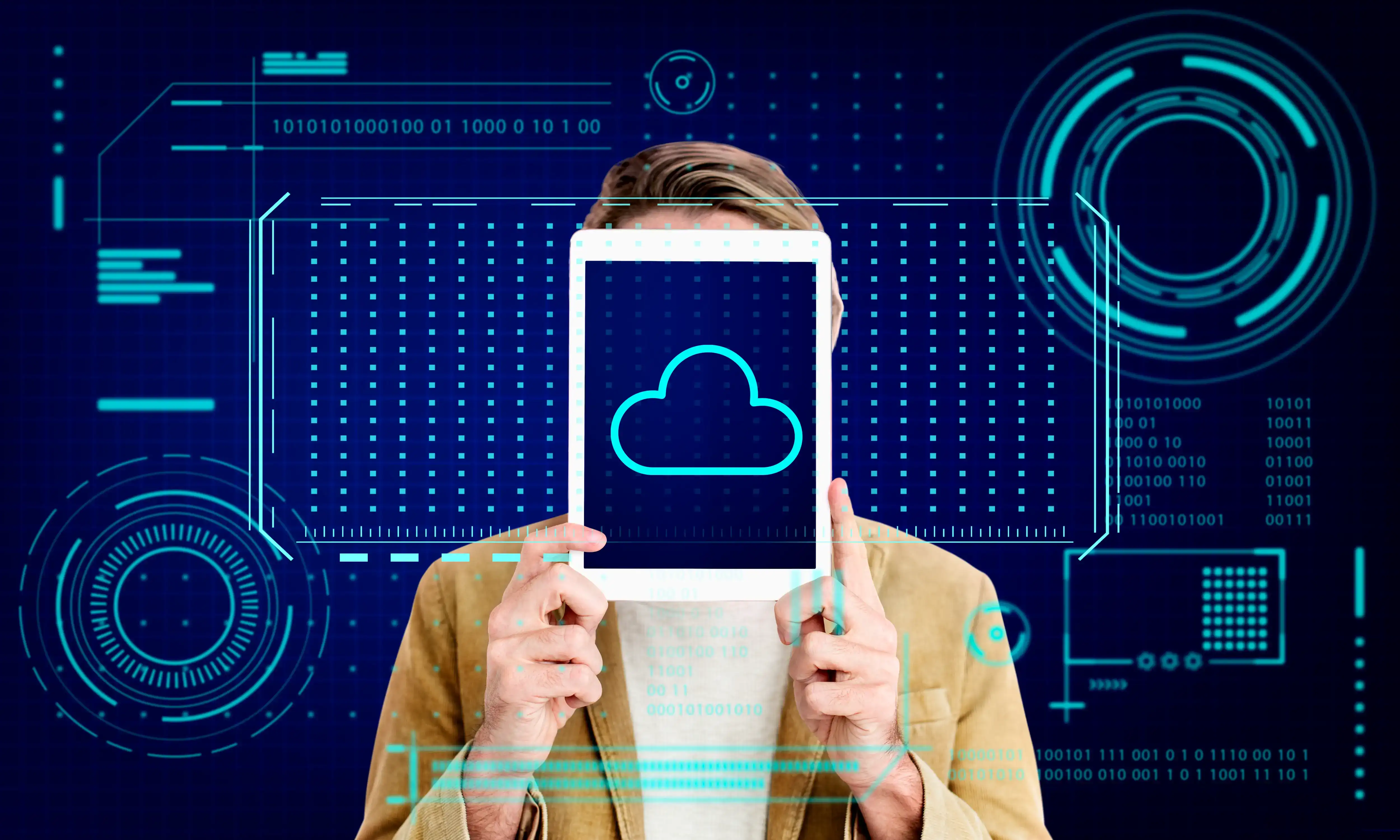
August 5, 2024
Tips for Implementing Cloud Computing Safely and Efficiently
Cloud computing is essential for modern businesses, offering cost savings, scalability, and improved collaboration. Implementing cloud computing requires careful planning to ensure safety and efficiency. Tips for safe and efficient implementation include conducting a needs assessment, choosing the right cloud service model, prioritizing security, planning for data migration, optimizing costs, training your team, implementing backup and recovery solutions, monitoring performance, planning for scalability, and staying updated with industry trends.
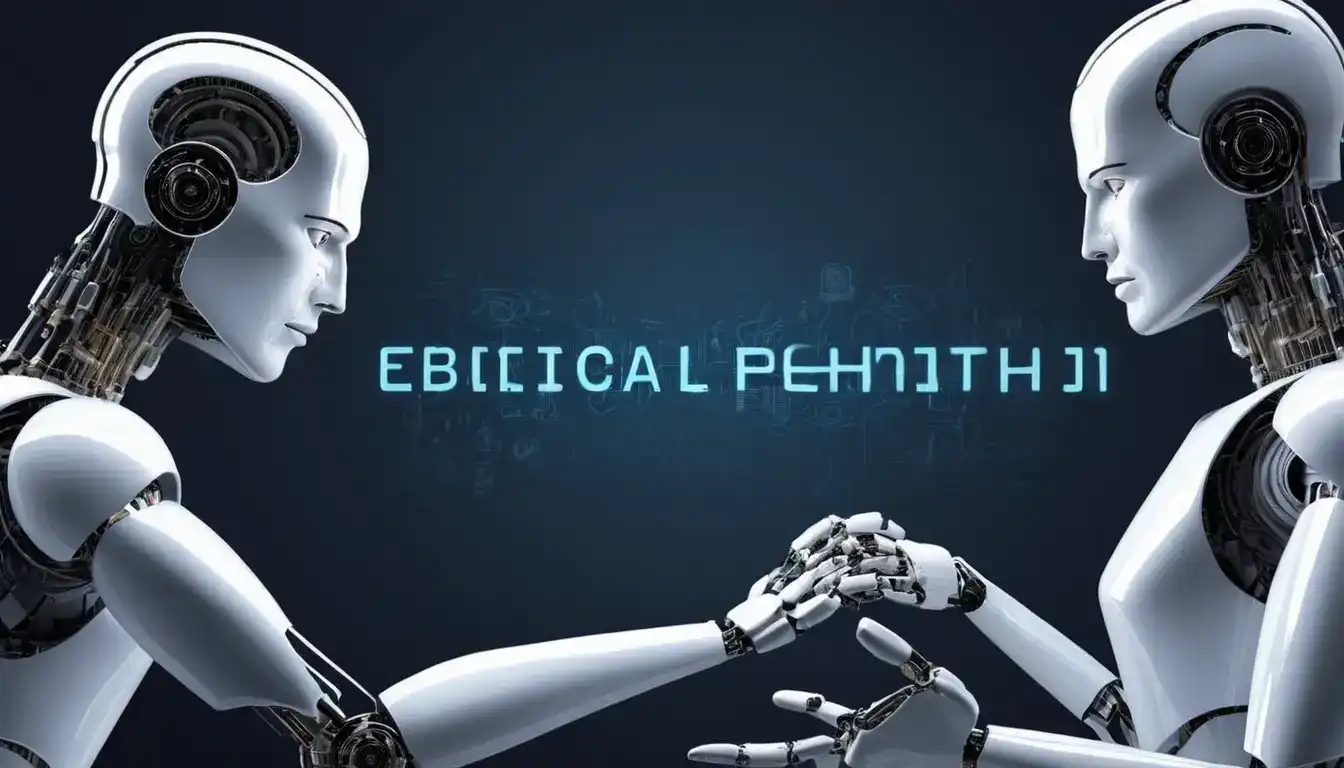
August 5, 2024
Ethical Challenges in AI Development and Use
Artificial Intelligence (AI) has evolved rapidly from science fiction to reality, offering immense potential but also presenting significant ethical challenges.
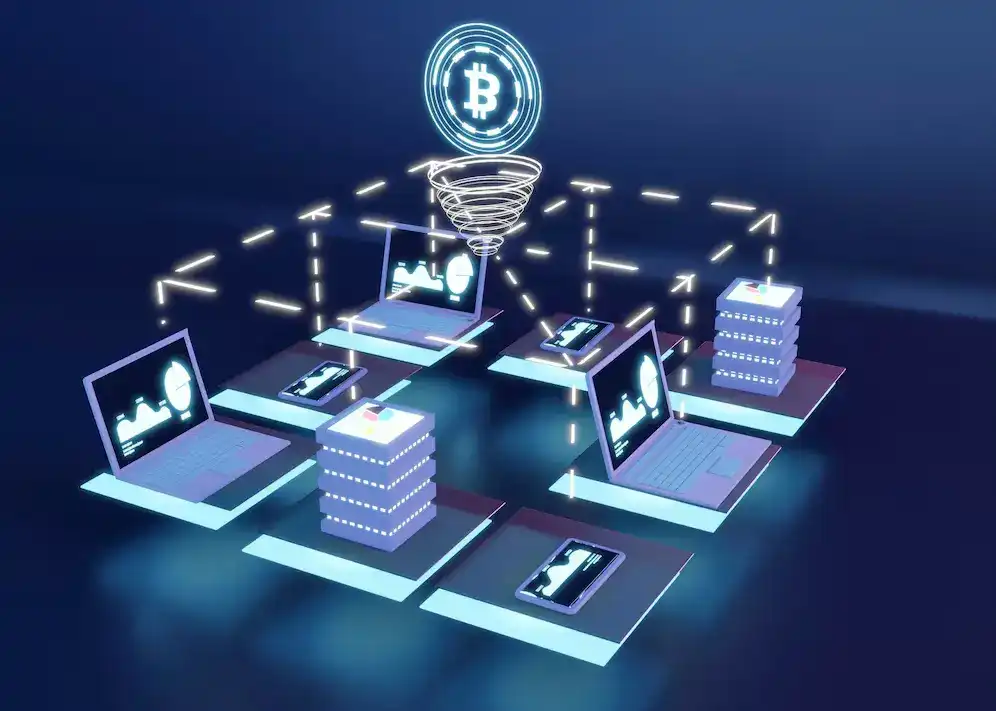
August 5, 2024
Blockchain's Potential to Revolutionize Various Industries
Blockchain technology, originally associated with cryptocurrencies, is now being recognized for its transformative potential across various industries. It offers decentralization, transparency, and immutability, reshaping traditional practices and opening doors to new possibilities. In financial services, supply chain management, healthcare, government, real estate, and the energy sector, blockchain is revolutionizing operations through efficient transactions, smart contracts, secure data management, and more.

August 5, 2024
Application of IoT in Various Industries
The Internet of Things (IoT) has revolutionized various industries by enabling real-time data collection, analysis, and automation. In manufacturing, IoT has led to smart factories, predictive maintenance, and supply chain optimization. In healthcare, IoT has facilitated remote patient monitoring, smart hospitals, and enhanced patient care.

